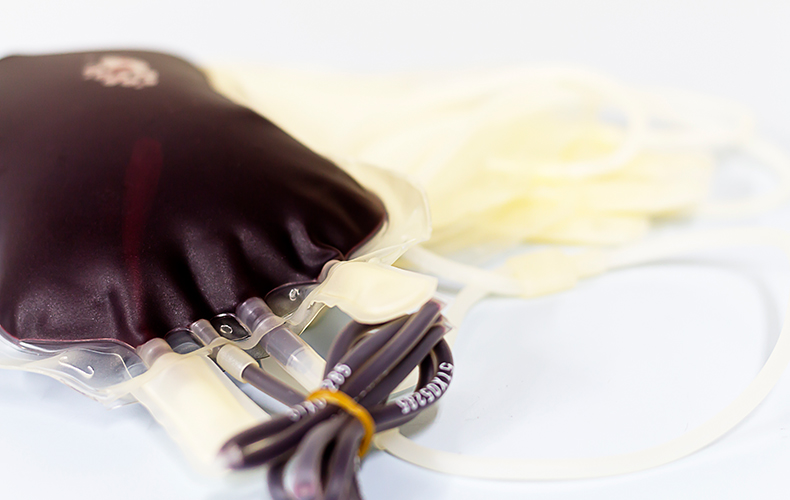
Umbilical cord blood collection is a procedure that involves draining off some of the umbilical cord blood into a bag. It is normally performed by a qualified caregiver or midwife and is a simple, pain-free process that should take no more than a few minutes. This is good news for expectant mothers who will probably have more important things to think about in the moments following birth of a child.
The Bag Method for Umbilical Cord Blood Collection
When a birth has taken place, of course, most of the initial concern will be over the care of the baby and mother but if permission for umbilical cord blood collection has been given then this needs to be done shortly after delivery. The midwife or caregiver will have to wait until the cord actually stops pulsing before collecting any blood. This can take just a few minutes after a natural birth but may take longer following a caesarean. The cord is then clamped and cut at which point the process of collection can begin, usually by lifting the placenta and cord and simply draining some blood into a specially designed bag or container.
The main reason that this procedure is not carried out until the cord has stopped pulsing is to ensure that the newborn baby has all the nutrients it needs. Birth is a stressful time for both child and parent and making sure they are treated as the priorities rather than trying to get the blood straight away is important. If you are undertaking umbilical cord blood collection, then you need to make sure that the midwife or other caregiver is aware of this.
Learn more about delayed cord clamping and successful cord blood banking here
Once the collected cord blood sample arrives at the storage facility it will need to be processed within 48 hours to ensure that the stem cells remain healthy.
WATCH VIDEO: CORD BLOOD AND CORD TISSUE COLLECTION PROCESS
Privately storing your newborn’s stem cells that involves umbilical cord blood collection means that you have the stem cells available throughout your child’s life, giving you options for current stem cell treatments as well as those that are going to be developed in the not too distant future.
{{cta(‘7d7cc8da-ed20-48a8-8ef3-e2429767260f’)}}


